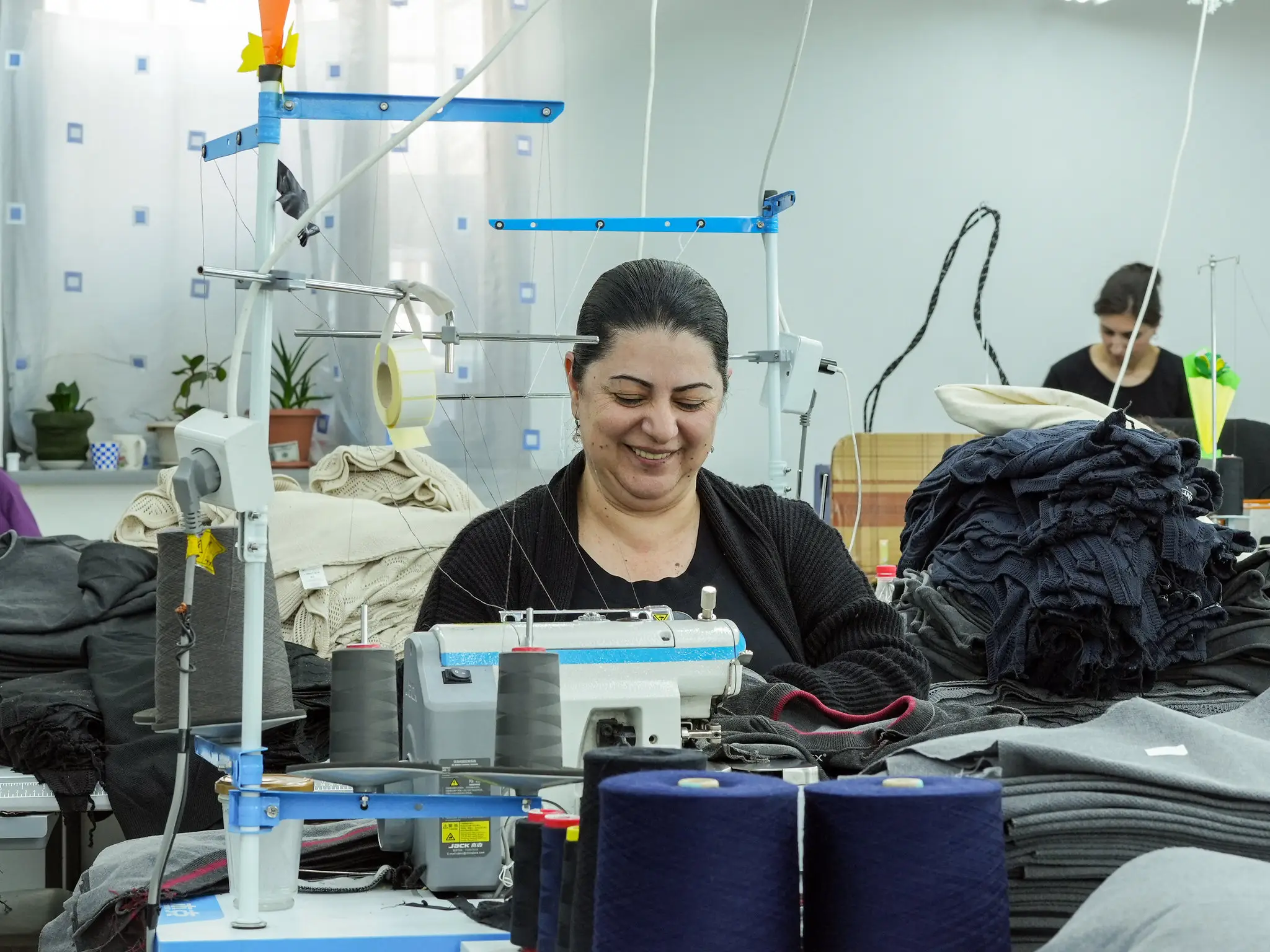25th July 2025
"Textile Industry Operator" Fund to Be Formed. The Program Has Been Approved by the Government
Other
Sub-Council

On July 24, the Government of Armenia adopted a decision to establish the “Textile Industry Operator” Fund and to approve its charter.
The project, jointly coordinated by the Investment Council of Armenia and the Ministry of Economy of the Republic of Armenia, has been developed with the financial support of the UK Government’s Good Governance Fund and the assistance of the European Bank for Reconstruction and Development (EBRD). To support the development of the project and its operational procedures, the Investment Council engaged Ameria Management Advisory.
What are the main challenges in the sector, and how can they be addressed?The textile industry is among the priority and core sectors of the Armenian economy, as defined by the Government. It provides thousands of jobs, particularly for women. Many factories and production facilities operate outside Yerevan—in the regions—where high unemployment makes these jobs especially valuable. Armenian textile products are primarily exported to the Russian Federation, EU countries, and the USA. The growing export volumes contribute to foreign currency inflows and the improvement of Armenia’s balance of payments. The development of the textile sector also stimulates the local production of raw materials (such as cotton and wool products) and supports related sectors like transportation, packaging, and marketing.
Despite recent growth, the sector still faces a number of unresolved issues, including:
Limited access to raw materials: Armenia has almost no local production of raw materials (cotton, synthetic fibers, etc.), so all materials must be imported. This makes the industry vulnerable to foreign currency fluctuations and logistics disruptions.
Outdated production facilities: Many enterprises operate with old equipment that does not meet modern quality or efficiency standards. The adoption of new automated production lines is slow due to high costs and investment risks.
Lack of human capital: There is a shortage of qualified professionals in the sector, as well as dedicated educational programs. Skilled specialists in tailoring, design, textile processing, and fashion modeling are scarce. Young people rarely consider the textile industry a promising career path.
Small domestic market: The local market is limited in terms of both purchasing power and consumer culture. Imported low-cost products create strong competition.
Export challenges: Many producers lack the experience and resources needed to access international markets.
Branding and visibility issues: Armenian textile products are not well known internationally—neither by brand nor by design. There is no unified “Made in Armenia” branding policy for this sector.
Limited financing opportunities: Small and medium-sized producers face difficulties in accessing loans. Due to high risks, the sector is not viewed as sufficiently profitable for investment.
Taking these challenges into consideration, the project proposes the creation of a state fund to act as the operator of the textile industry. The founder of the fund is the Republic of Armenia, represented by the Government of Armenia, with the Ministry of Economy as the authorized state body acting on behalf of the Government.

The establishment of the Textile Industry Operator will contribute to the centralized and coordinated development of the sector and ensure the implementation of the functions assigned to the operator under the Government Decision. It will serve as a platform for cooperation between the public, private, and educational sectors—supporting production modernization, export promotion, and human capital development. The Foundation will stimulate regional development, job creation, and the international recognition of Armenian textiles.
The fund will operate based on the Armenian Textile Industry Development Program approved by the Government of Armenia in February 2022, and the corresponding 2023–2026 Action Plan. This development program was also jointly coordinated by the Investment Council of Armenia and the Ministry of Economy of the Republic of Armenia, with financial support from the UK Government’s Good Governance Fund and assistance from the EBRD.